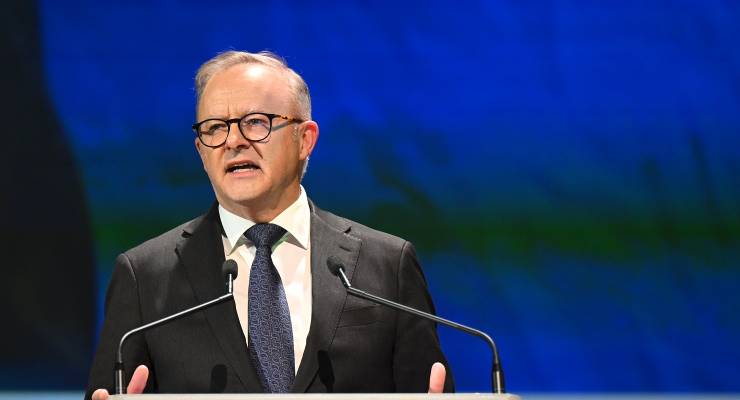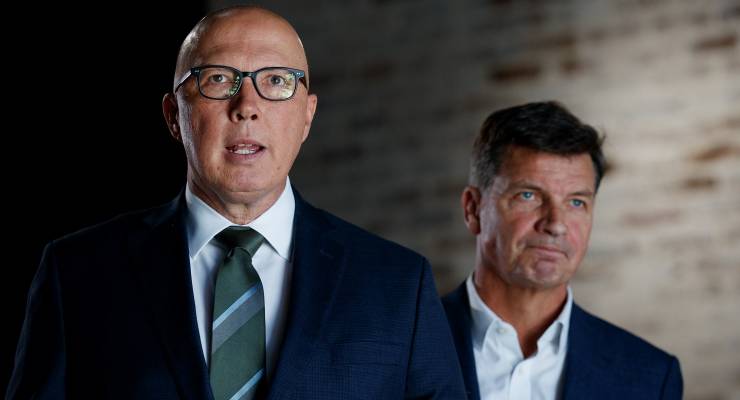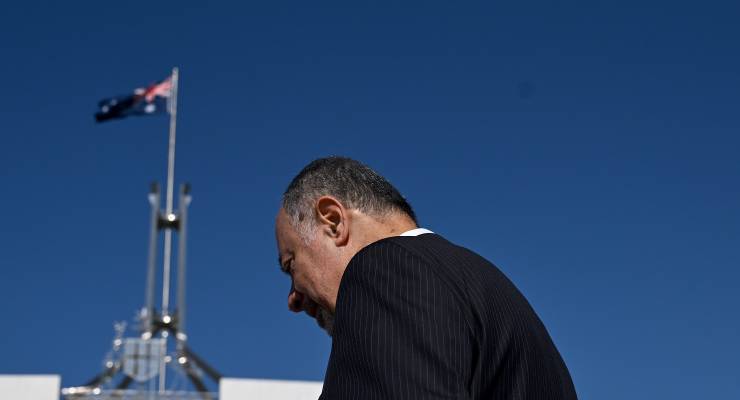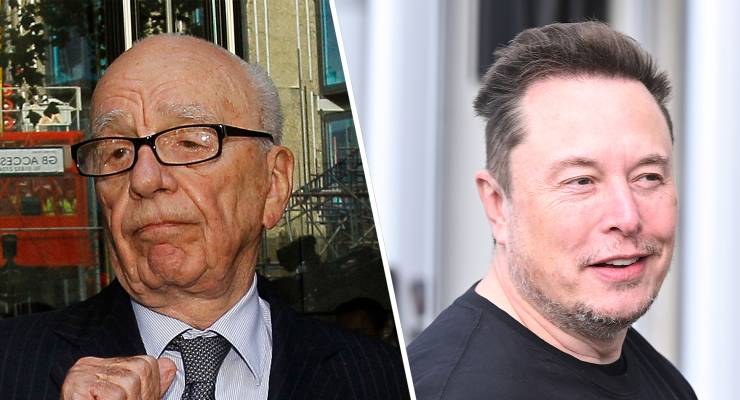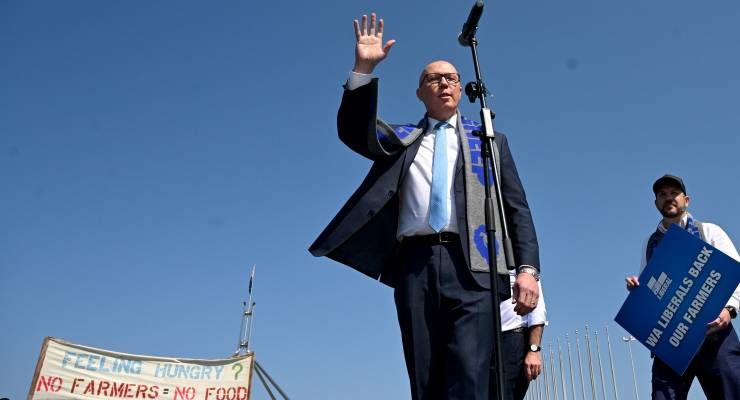The Department of Veterans’ Affairs appears to be taking this royal commission seriously. The same cannot be said for the defence force.
This article mentions suicide and sexual assault.
After three years of investigations, the Royal Commission into Defence and Veteran Suicide has delivered its final report with 122 recommendations. The commission has carried much hope for veterans and their families — now we wait to see action.
The veteran sector, including families, had lobbied for this inquiry for over a decade. For a long time, the call fell on deaf ears. The Ex-Service Organisation Round Table even rejected the idea, saying veteran suicide was roughly the same as the national average.
The royal commission has addressed this question of poor data. Over the course of the inquiry, the certified numbers of people who died by suicide rose from around 300 to around 1,700. This was because a forensic focus was applied to the statistics.
These do not include deaths that may be suicide but have not been recorded as such, like single car accidents, for example. Ex-serving veteran suicide is 26% higher than the national average for men and 107% higher for women.
What are the key findings?
The royal commission began its investigations thinking of veteran suicide as an individual mental health issue. Deployment trauma was expected to be a key influence.
It ended its investigations recognising that culture and systems had an overwhelming part to play. For example, there have been around 60 inquiries into military systems and culture over five decades and around 750 recommendations. Few have been met.
Commissioner Nick Kaldas explained:
When there’s been dozens of inquiries, hundreds of recommendations, and no-one’s gone back to check whether they’ve acquitted the intent of the recommendations, I’d say that’s a failure of leadership.
The government tabled the seven-volume report in Parliament on Monday. Speaking to media shortly before, Kaldas said:
What is clear from some of the horrible stories that we’ve heard is that many people simply turned a blind eye, over many years and felt that it was too hard, or they simply didn’t care enough to tackle the problems.
The commissioners point out that the veterans most at risk of suicide are those who haven’t deployed (gone overseas to fight). Why are service personnel who haven’t been deployed taking their lives?
The defence force is a hierarchical institution with a command and control culture. The rank system is legitimised through the military justice system. Commanders have complete control over their subordinates.
This maybe useful in conflict, but it’s exploited negatively in everyday service. The costs of service can be as great as the costs of war.
Physical and sexual violence was a common experience among the nearly 6,000 submissions.
Our research, some of which was commissioned by the inquiry, also developed the term “administrative violence”. This is when a commander mercilessly harasses or violates a subordinate.
Being made to paint rocks or sweep away rain, losing leave applications, prohibiting career progression and blocking courses of deployments are common strategies that strip the victim of purpose, identity and belonging.
Identity, purpose and belonging are central to an institution built around camaraderie and service. This is the mateship mythology of the ANZAC tradition.
In our research interviews, those who’d had bad experiences in the force all stated how much they loved their careers, the force, their mates and the job. The merciless bullying by a commander or peers leading to their termination was irreconcilable for them. The betrayal was painful.
Transitioning to civilian life is also a key issue. If a veteran is not supported, they also lose a sense of identity, purpose and belonging.
Many veterans transition successfully, but those who don’t can find themselves homeless, incarcerated or feeling suicidal. The Department of Veterans’ Affairs’ systems can and do exacerbate this, sometimes making it difficult for veterans to receive the support they need. Some, like Private Jesse Bird, have died trying to seek help.
What are the recommendations?
The report outlines 122 recommendations. It will take time to fully analyse them, but some important points stand out.
It comes as no surprise that a key recommendation of the commission is to establish a mechanism of independent scrutiny. The commissioners recommend the new body should monitor and continually report back publicly about progress on tackling the high rates of suicide among military personnel.
A similar recommendation was made by 44 senators in the 2005 inquiry. It was rejected and vetoed by the then prime minister, minister for defence and chief of defence.
Other recommendations have identified many of the factors that contribute to veteran suicide.
There is strong focus on building a respectful workforce, identifying and addressing sexual assault, supporting victims and holding perpetrators to account. One recommendation suggests the government undertake independent research to find out the prevalence of sexual violence within the force.
This addresses much of the negative tribal, hierarchical and command and control factors underpinning the issue.
The quality of leadership is also addressed. The commissioners recommend commanders are assessed on their performance at achieving better cultural, health and well-being outcomes. They suggest strengthening the processes for deciding who gets leadership positions.
They also recommend reforming accountability checks on the force, including the role of the inspector-general. The commissioners say this role should be done by someone who’s never served in the force to help ensure independent oversight.
The commissioners recommend the Department of Veterans’ Affairs improves veteran transition and well-being by better assessing ex-service men and women, reducing wait times and bureaucracy.
The recommendations go much further, but these are of particular note because they address the closed, tribal and hierarchical character of defence force culture and systems. Importantly, there is a strong focus on education, research and information sharing to broaden our understanding over time.
Can defence be fixed?
The Department of Veterans’ Affairs appears to be taking this royal commission seriously.
The same cannot be said for the defence force.
Kaldas took the extraordinary step of speaking at the National Press Club in May. He highlighted the chief of defence and his organisation’s obstruction of access to important documents. Kaldas said:
I think there’s been systemic issues such as relying on parliamentary privilege for reports that have been tabled in Parliament, therefore making it impossible for us to rely on or use those reports.
Many inquiries and investigations have concluded the Australian Defence Force is incapable of cultural reform.
This was recognised in the 2005 Senate inquiry into the Effectiveness of Australian Military Justice system. The force acknowledged this too in 2012 in the Beyond Compliance report written by the then Major General Craig Orme.
But the force has dragged its feet, or obstructed access to information in this royal commission.
Despite the resistance, there is cause for hope. The commissioners said:
We have come across many, many really motivated, excellent people, both within the ADF and the Department of Veterans’ Affairs, who have tried their best within the system.
It’s clear the royal commission has made the case for defence force cultural reform inarguable. With the force’s recruitment and retention at an all time lows, the case for change could not be stronger.
The Defence all-hours Support Line – 1800 628 036 – is a confidential telephone and online service for ADF members and their families. Open Arms – 1800 011 046 – provides 24-hour free and confidential counselling and support for current and former ADF members and their families.
For anyone seeking help, Lifeline is on 13 11 14 and Beyond Blue is on 1300 22 4636. To speak to a First Nations crisis supporter, call 13 YARN (13 9276). In an emergency, call 000.
This piece was first published in The Conversation.



